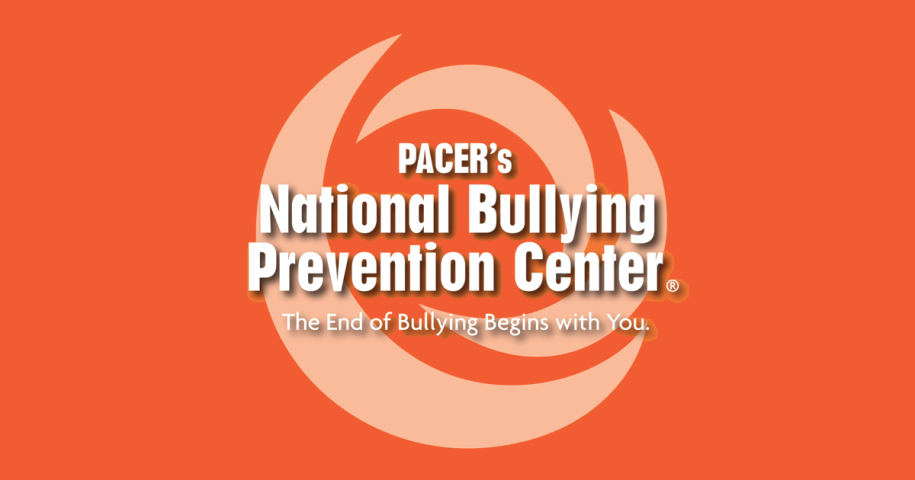1. The impact – Bullying affects a student’s ability to learn
Many students with disabilities are already addressing unique challenges in school. When they are bullied, it can directly impact their ability to learn and grow.
Bullying is not a harmless rite of childhood that everyone experiences. Research shows that bullying can negatively impact a child’s access to education and lead to:
- School avoidance and higher rates of absenteeism
- Lower grades
- Inability to concentrate
- Loss of interest in academic achievement
- Increase in dropout rates
2. The definition – Bullying based on a student’s disability may be considered harassment
The Office for Civil Rights (OCR) and the Department of Justice (DOJ) have stated that bullying may also be considered harassment when it is based on a student’s race, color, national origin, sex, disability, or religion.
Harassing behaviors may include:
- Unwelcome conduct, such as verbal abuse, name calling, epithets, or slurs
- Graphic or written statements
- Threats
- Physical assault
- Other conduct that may be physically threatening, harmful, or humiliating
3. Advocating for yourself and others has a significant impact
Parents, educators, community members, and students all have an important advocacy role to play in preventing and addressing bullying.
Advocacy—Providing support for students who are being bullied, are vulnerable to being hurt or harmed, or are isolated from other students.
Self-Advocacy—Speaking up for yourself, communicating what you need, and taking action.
Talk with youth about bullying
It is important that adults understand how to communicate with youth about a bullying situation. Some children have an easier time talking to adults about personal matters and may be willing to discuss bullying. Others may be reluctant to share information about the situation. There could be a number of reasons for this: the student bullying them may have told them not to tell or they might fear that telling someone will make matters worse.
When preparing to talk to children about bullying, adults should consider how they will handle the child’s questions and emotions and what their own responses will be. Adults should be prepared to listen without judgment, providing the child with a safe place to work out their feelings and determine next steps.
Peer to peer advocacy—Supporting and educating youth as advocates
Most students don’t like to see bullying, but they may not know what to do when it happens. Peer advocacy—students speaking out on behalf of each other—is a unique approach that empowers students to protect those targeted by bullying.
Peer advocacy works for two reasons. First, students are more likely than adults to see what is happening with their peers and this influence is powerful. Second, a student telling someone to stop bullying has much more impact than an adult giving the same advice.
For more information, visit Peer Advocacy.
Self-advocacy – The importance of involving youth in decision making and planning
Self-advocacy means that the youth experiencing bullying is able to communicate what they want and need in a straightforward way.
Self-advocacy is knowing how to:
- speak up for yourself
- Describe your strengths, challenges, needs, and wishes
- Take responsibility for yourself
- Learn about your rights
- Obtain help or know who to ask if you have a question
The person who has been bullied should be involved in deciding how to respond to the bullying. This participation can provide students with a sense of control over their situation, and help them identify someone who is willing to listen, take action on their behalf, and reassure them that their opinions and ideas are important.

